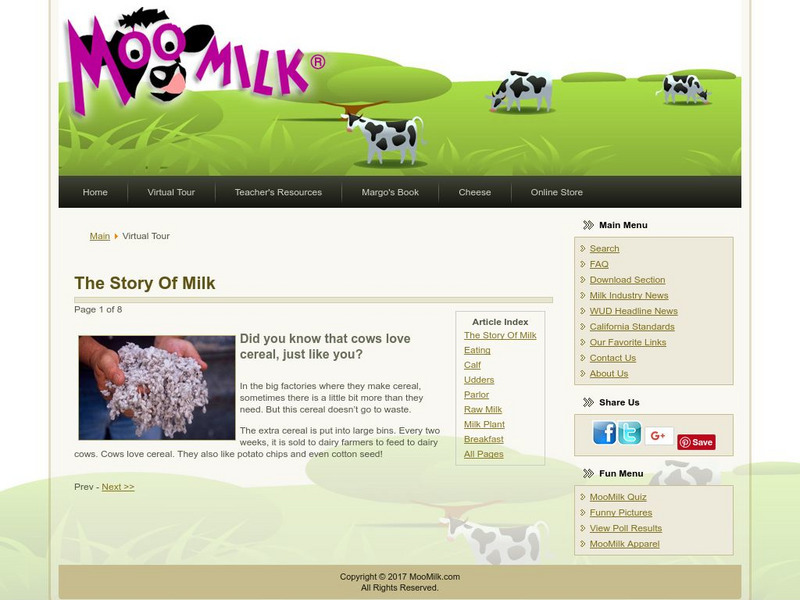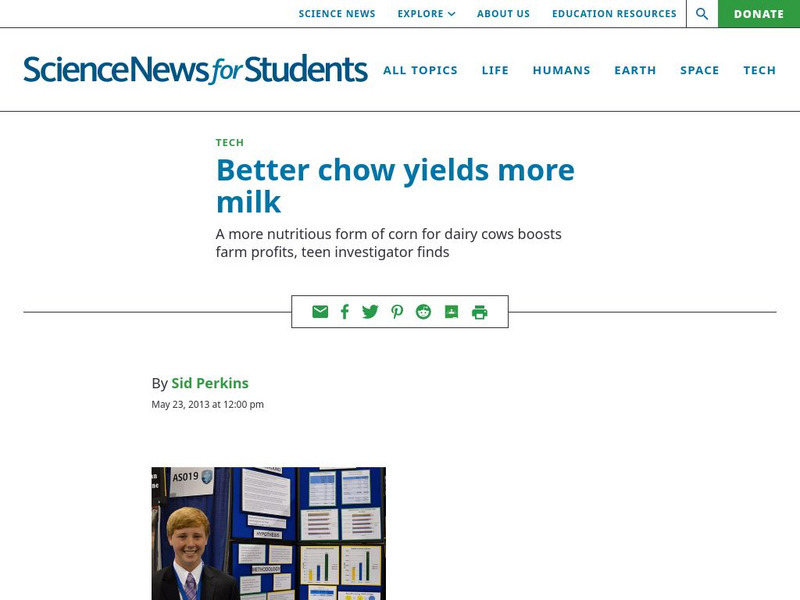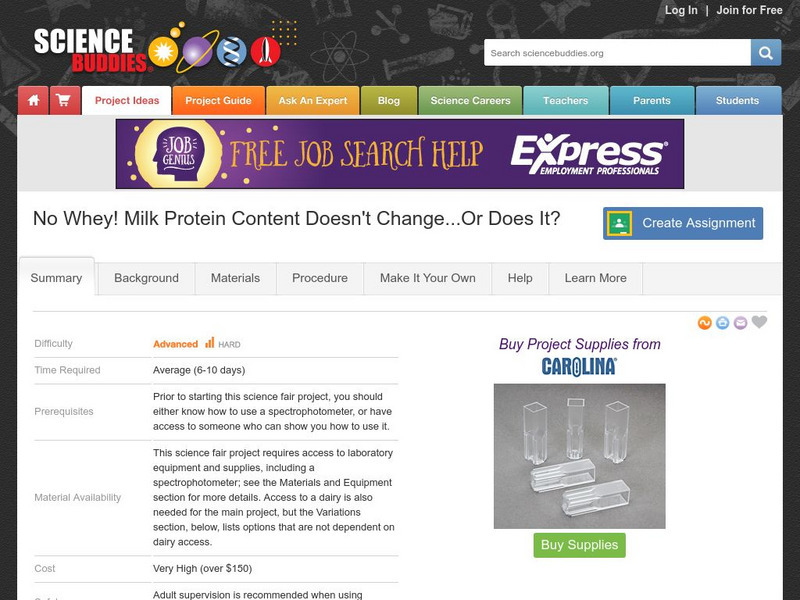Hi, what do you want to do?
Curated OER
Beginning Sentence Completion Exercise 27
In this beginning sentence completion exercise 27 worksheet, students complete ten sentences interactively by choosing the correct word(s), with immediate feedback.
Curated OER
Intermediate Sentence Completion Exercise 15
In this online interactive grammar skills instructional activity, students examine 10 sentences that are missing words and select the appropriate words to complete each of the sentences and match them to the sentences. Student ...
Curated OER
Economics 11 Worksheet
In this economics practice worksheet, students distinguish goods and services from one another. Students also respond to 10 questions about supply and demand.
Curated OER
Verb Use in Stories- The Cat and the Mouse
In this language arts and grammar activity, students read a version of The Cat and the Mouse which has the verbs omitted. Following the clue words in italics, students insert the proper verb tense to complete each sentence.
Curated OER
Agriculture Counts
Pupils focus upon the agricultural economy found in Oklahoma. Upon the completion of research they write an essay with the topic of "Agriculture Counts". The lesson includes an extensive introduction for teachers and students to create...
Curated OER
Check Subtraction
In this subtraction worksheet, students enhance their subtraction skills by solve the six word problems and then checking their subtraction with addition.
Curated OER
TRADERS' GAME
Students play a game aimed at demonstrating how relationships with other communities or countries affect the food and fiber system. The game simulates the unequal distribution of natural resources which creates the need for...
Curated OER
Who Is Talking? Identifying the Speaker
In this identifying a speaker worksheet, students read short passages, filling in blanks to tell the "who" of related sentences One example is completed for students.
Curated OER
Explorit's Tasty Food Quiz
In this foods worksheet, students complete a five question multiple choice online interactive worksheet about foods that we eat.
Curated OER
Food and You
Learners examine the types of foods they eat. They describe the different components and resources that go into making their favorite foods. They also compare the resources going into different foods and identify ones which are more...
Curated OER
Work and Play: Today and Yesterday
First graders investigate the concept of play and work. They use primary and secondary resources in order to find the information of comparing the concepts in the context of the past to present day. Students brainstorm to find the...
Curated OER
Six Levels of Ecological Organization
Ninth graders describe the six levels of ecological organizations and give examples of each. They also differentiate between food chains and webs and identify trophic and consumer levels in food chain and food webs.
Curated OER
Memorization Tips: Elements/Symbols
In this chemistry worksheet, students identify ways to memorize the elements and symbols of the periodic table for chemistry. They identify phrases that use each element in a unique way.
Curated OER
Present Simple Gap Fill Worksheet
In this ESL verbs worksheet, students read 9 sentences that have a missing verb. From a word bank of present simple verbs. students fill in the spaces in the sentences.
Curated OER
Radio Broadcasting Before Television
Learners compare the radio to other forms of mass communication. In this Radio Broadcasting Before Television lesson, students learn the different types of radio shows in the 1920s and 30s. Learners write and perform radio scripts...
Curated OER
Crossword Puzzle - Breakfast Foods
In this crossword puzzle worksheet, students use the clues to fill in the crossword with the correct words about breakfast foods. Students complete 9 clues.
Curated OER
S-O-I-L Soil
Fifth graders research soil, its nutrients, and plant growth. In this soil activity, 5th graders create soil journals, trace flowers, and include nutrient information on each petal. Students read an excerpt from "McBroom Tells the...
Other
Moo milk.com: The Story of Milk
Take this virtual tour to discover where the milk that you drink comes from. Find out how milk gets from the cow to your cereal bowl.
Other
Barnyard Palace : Dairy Cows
Use this site to find out all about dairy cows and how they produce milk. Learn why cows are so important to humans, and check out some excellent cow pictures (click on each picture to make it larger).
PBS
Pbs Kids: Oh Noah! Games in Videos: Not Milk
Find out what happens when Noah thinks the Spanish word for milk means cow, and learn the Spanish words for some farm animals and dairy products.
Society for Science and the Public
Science News for Students: Better Chow Yields More Milk
This article reports on a recent project from a teen that found that feeding a higher quality corn to dairy cows resulted in increased milk production. Includes a list of vocabulary words.
Science Buddies
Science Buddies: Project Ideas: No Whey! Milk Protein Content Changes
In this biochemistry science fair project, investigate how protein concentrations change in milk during different stages of cow lactation. The Science Buddies project ideas are set up consistently beginning with an abstract, objective,...
Other
American Artifacts: Early Cow Milking Machines
Developement of the early cow milking machines. Brief history on agricultural advancements in milking of cows.
ABCya
Ab Cya: Milk It Dairy Match
Milk It - Dairy Match is a fun matching game for kids. Click on the windows of the barn to reveal the friendly cows and match two of the same kind. Watch out for the strawberry ice cream though! It will move the windows around on you. Do...




























